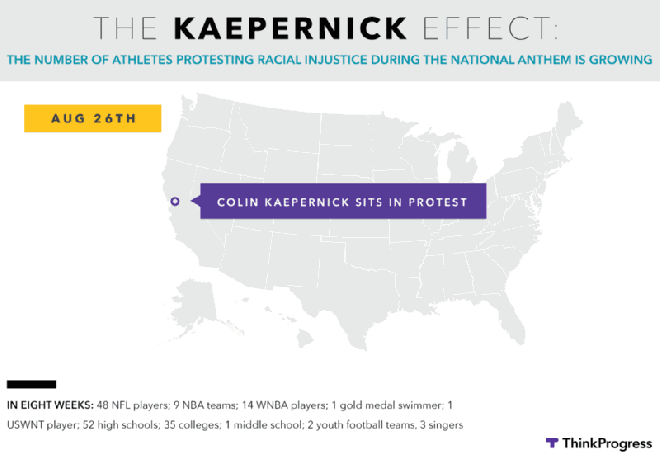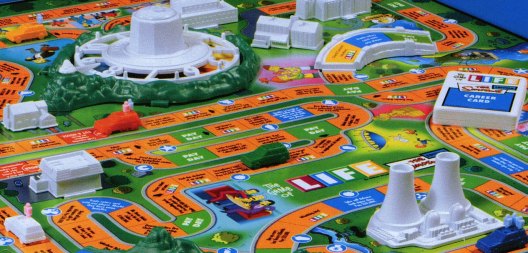“No one is born hating another person because of the color of his skin, or his background, or his religion. People must learn to hate, and if they can learn to hate, they can be taught to love, for love comes more naturally to the human heart than its opposite.” – Nelson Mandela
.
In 2014, Stanford anthropologist Tanya Luhrmann conducted a cross-cultural study of people with schizophrenia who experienced auditory hallucinations, such as hearing “voices.” Not all people reported having the same experiences, however. People in Ghana and India said that their voices tended to be positive and benign, even playful and entertaining, and that these voices often came from God, spirits, or family members. By contrast, Americans said that their voices tended to be more violent and hateful, and they were more likely to perceive the condition as a disease. Luhrmann proposed that Americans’ emphasis on individual autonomy could predispose them to seeing voices as an “intrusion” on their self, whereas Ghanaians and Indians were more likely to interpret their voices as relationships.
The point is that culture can have profound effects, even for a condition like schizophrenia. There is a tendency in a biomedical model to perceive health and diseases solely as physiological conditions, but it is important to remember that we are situated in a grander context beyond just the individual body. Something similar may happen with inebriation. As Craig MacAndrew and Robert Edgerton wrote: the way that people in any society “comport themselves when they are drunk is determined not by alcohol’s toxic assault upon the seat of moral judgment, conscience, or the like, but by what their society has taught them” (1969: 165). Just as patterns around alcohol consumption itself may be socially molded (how much to drink, and where and when), so is behavior while intoxicated. There is no single way for a brain to respond to schizophrenia or intoxication; rather, they are influenced by the ecology of ideas in which they find themselves. Ideas seep in.







